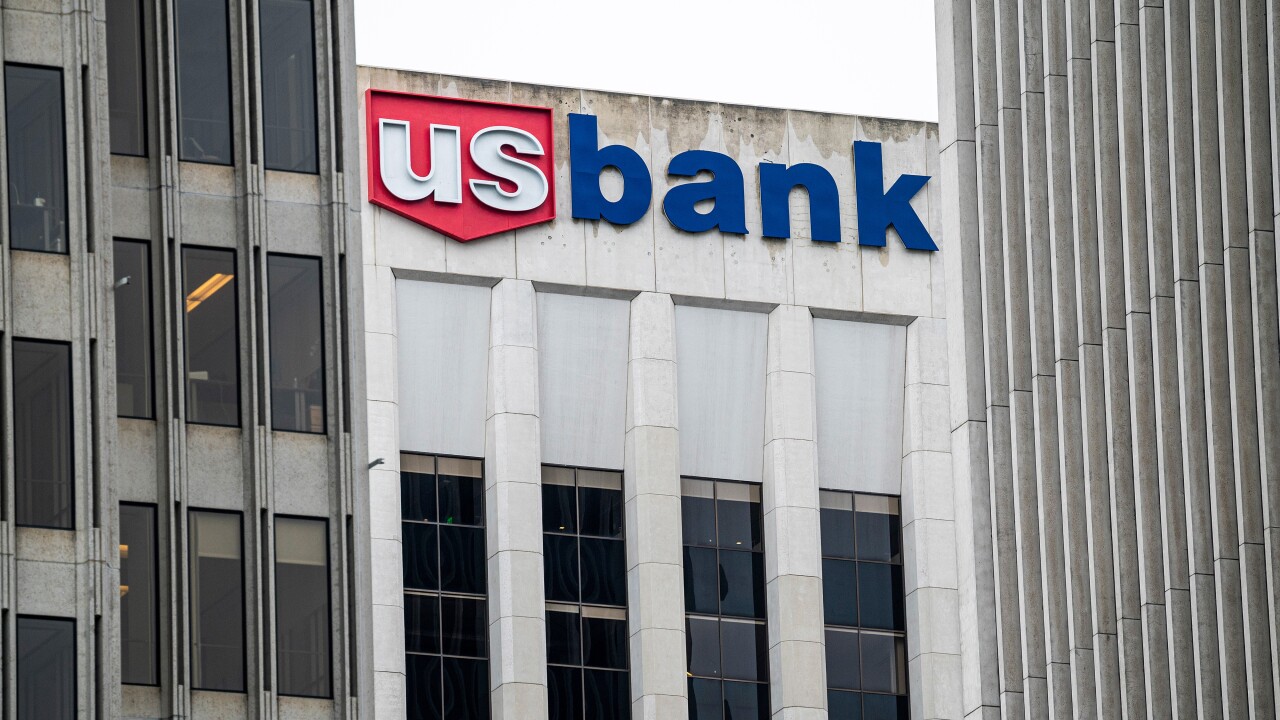CHICAGO — Financial institutions have fallen behind the payments innovation curve, though they can catch up quickly by adopting the faster payments initiatives that are accompanying mobile and digital transactions.
“We’ve done a horrible job in banking as other innovators have moved ahead, but banks will soon have the ability and rails to compete with other options,” said Peter Gordon, senior vice president, payment strategy, enterprise office product for FIS Global.
As the
Development of a faster payments rail would result in as many as 30 billion transactions moving over those new rails annually, said Gordon, noting that FIS Global’s PayNet network is already delivering payments in real time.
Of those 30 billion transactions, those made through checks will generate the most traffic at about 27% on those rails, Gordon added. About 11% would come from Automated Clearing House payments, 7% from wire transfers, 5% to 6% from card payments and 1% to 2% from cash.
“Sometimes when people hear about faster payments, they think we are talking about retail transactions at the point of sale,” Gordon said. “The faster payments discussions are essentially about moving money from a regulated bank to another regulated bank. The transactions from the POS may come later.”
All of the alternative payment or loyalty systems or mobile wallet systems operate “on top of the rails” that are used for all other types of payments, but are not directly affected by a faster payments initiative at this time, Gordon added.
More than 300 organizations or individuals have become part of the Faster Payments Task Force set up by Federal Reserve Financial Services to establish the ground rules and key discussion points for developing a faster payments model in the U.S., said Connie Theien, vice president, payments industry relations for the Federal Reserve System.
The task force is expected to deliver in about two weeks its first draft for feedback outlining what it considers key factors and main discussion areas, Theien said.
“The task force has been establishing criteria for potential solutions by identifying needs, assessing alternatives and addressing the key issues,” Theien said.
The U.S. has put





